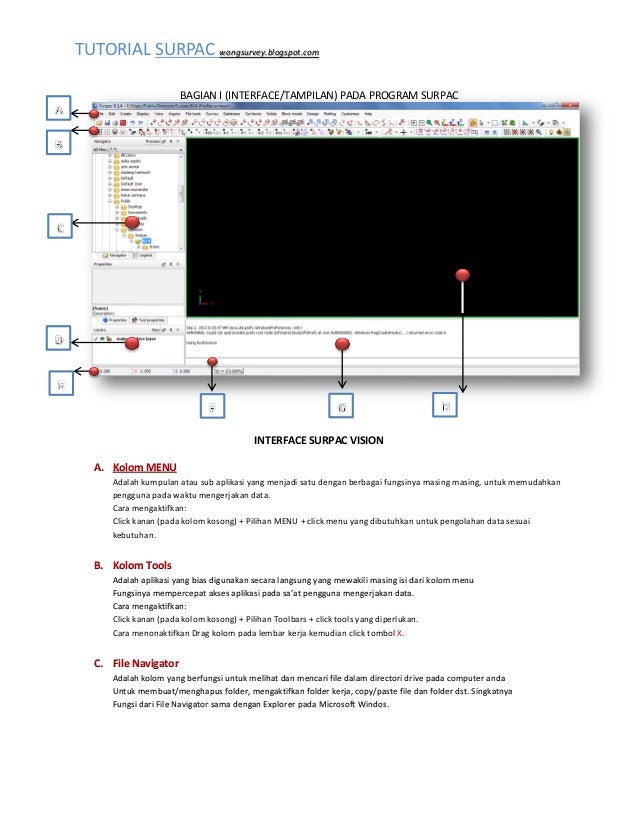
- #Surpac input data how to#
- #Surpac input data update#
- #Surpac input data software#
- #Surpac input data trial#
Posted by Simon Kettle, GIS Consultant, Exprodat.
#Surpac input data update#
To work in the program it is necessary to create a database and update it during the unfolding of the process of exploitation. It is used for the design solutions of surface and underground exploitation, with the presentation of exploration works. The result is a structure map with values in true vertical depth since this process derived values directly from the Top Cretaceous and hence cannot account for dip within the stratigraphy. Surpac is a computer program widely used in the global mining practice. When comparing this calculated surface to the data used in a previous blog on Creating Block Diagrams I can see that it has created an accurate representation for the depth to the base Cretaceous. The output raster represents the depth to the Base Cretaceous from the Top Cretaceous

Raster calculator provides clear and easy to use options for conducting mathematical operations on raster datasets.
#Surpac input data how to#
This blog demonstrates how to use mathematic functions in ArcGIS to create a grid representing the depth to a stratigraphic surface in the Viking Graben area of the UKCS ( see previous blog for data and area). Rowdy’s skills are in resource evaluation, geostatistics, training, mine geology, engineering, and surveying.Depth-to-surface maps can be derived from isopach (thickness) data, and are useful for visualising regional structural trends.
#Surpac input data software#
He has trained geologists, engineers, and surveyors in the use of Surpac Software at underground and open pit mines covering all major commodities. Rowdy holds degrees in Geology, Surveying and Engineering, and has worked as a mine geologist, engineer, and surveyor. Rowdy has more than 20 years’ worldwide experience in the mining industry, and four years’ experience working for a mining consultancy in the United States.

Rowdy is a geologist, engineer, and surveyor with postgraduate qualifications in geostatistics, and computing. Rowdy Bristol BSc (Construction Engineering), AAS (Land Surveying), MSc (Geological Engineering/Geostatistics), Post Grad Dip Computing
#Surpac input data trial#
Optiro has developed add-on modules that will improve your efficiency and offer functionality beyond Surpac’s normal functionality.Īttendees will receive a FREE copy of the OREpack Declus Optimiser, and a 30-day FREE trial of any one of these OREpack modules for Surpac:

This course has been drawn from industry best practice and twenty years of estimation experience with Surpac.

These concepts are reinforced through a large number of practical activities, all of which involve using Surpac on a real-life data set. You will learn the key concepts related to the processes, from data collection and quality assurance through to classification. This practical 4-day Resource Evaluation with Surpac course uses a real-life data set to cover the resource evaluation cycle and its requirements.


 0 kommentar(er)
0 kommentar(er)
